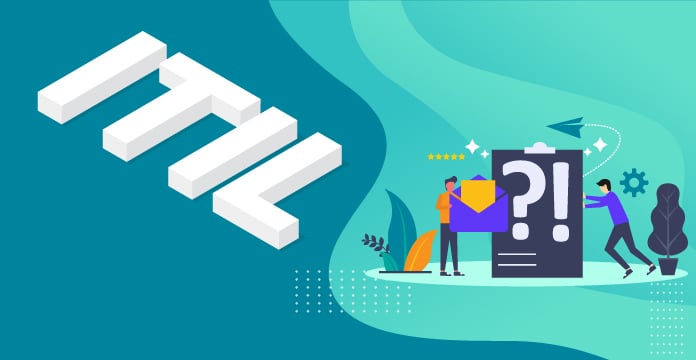
The current article is the second in the five-part FAQ series on the ITIL process stages. If you have missed our earlier article in this series covering FAQs on Service Strategy, you can find it here.
Service Design helps IT organizations take business requirements and creates services, supporting practices, and management tools that meet business demands for utility, reliability, flexibility, and quality. ITIL v3 provides a holistic approach to all Service Design areas ensuring consistency across the entire IT service chain.
Features of ITIL Service Design
1. Business Value of Service Design in ITIL V3:
Service Design provides enormous business value to the enterprises as listed below:
-
- It ensures that services are aligned with business needs.
- Services can provide utility and warranty as defined in Service Strategy.
- Services are so designed that their performance can be measured.
- Ensuring that services are designed for efficient implementation.
- Ensuring that services management tools and processes are capable enough to support service offerings.
2. Difference between ITIL V3 Service Design and ITIL V2 Service Design:
As per ITIL 2011, the main process which is part of the ITIL Service Design process is Design Coordination, Service Catalogue Management, Service Level Management, Risk Management, Capacity Management, Availability Management, IT Service Continuity Management, Compliance Management, Architecture Management, and Supplier Management. ITIL v3 has kept the basic tenet same while building on the processes described in v2.
Similarly, Risk Management, though not covered by a dedicated process in v2 is now covered as a process to create better integration with the overall service design from the start of the project. The same is the case with Information Security Management, which has now been integrated into the core of Service Design.
3. Difference between Operational Level Agreements (OLAs) and Service Level Agreements (SLAs):
Service Level Agreements (SLAs) are used by business customers – the ones who consume the service. To provide these service levels, the services rely on underlying services provided by the internal IT functions or sometimes the supplier. Those underlying services need to be governed by Operational Level Agreements (OLAs). These OLAs are not usually visible to business customers but in a way form the bedrock of all SLAs. OLAs, ensure that the upstream services hence built meet the target SLA.
4. Differentiation Between IT Service Portfolio and Service Catalog:
Service Portfolio constitutes all services committed to business users, i.e. ones currently in use, under development, and planned for the future — as part of continual service improvement. The Service Catalog, on the other hand, is that portion of the Services Portfolio that is currently available to business users. It means that it is a subset of Service Portfolio.
5. Users of Business Version or Technology Version of a Service Catalog:
Both are different in terms of who uses what and their content. Business Service Catalog is more suited for business customers because it contains details of IT services delivered to them. It also includes relations to business units and business processes that rely on them. The Technical Service Catalog is more suited to the IT organization staff as it helps them map not only the business process and business users, but rather the relationships between the supporting shared services, supporting services, components, and configurations needed to keep the service running. Thus being technical in nature is of no use to the business user.
6. Candidates Planning for a Certification:
ITIL v3 has a course and certification for each of the lifecycle modules including Service Design. This intermediate certification will give candidates competencies in the management, control, and application of Service Design activities. This certification is aimed at service and business managers who handle any existing IT process and its improvement. IT professionals who are working or plan to work in any service design environment will also benefit.
Candidates are expected to have ITIL Foundation Certificate in IT Service Management to allow them to avail the knowledge in the certification fully.
We hope that this article helped you in answering some frequently asked questions related to ITIL Service Design.














